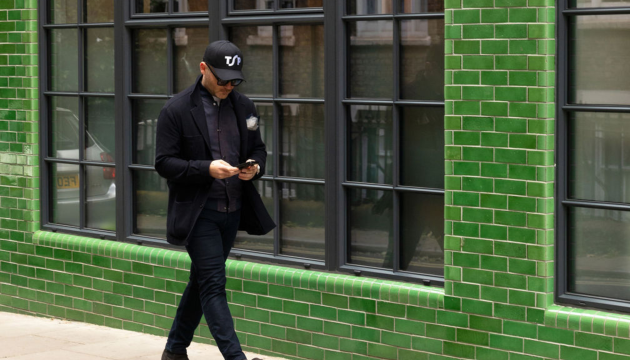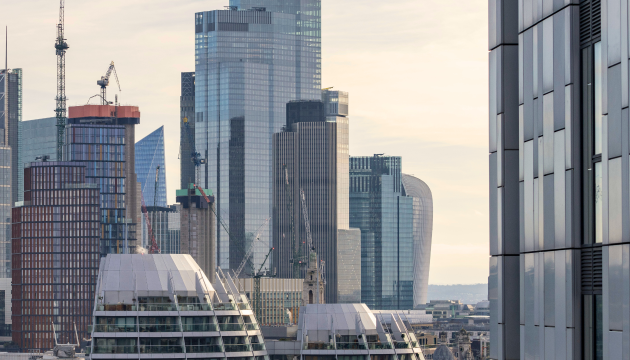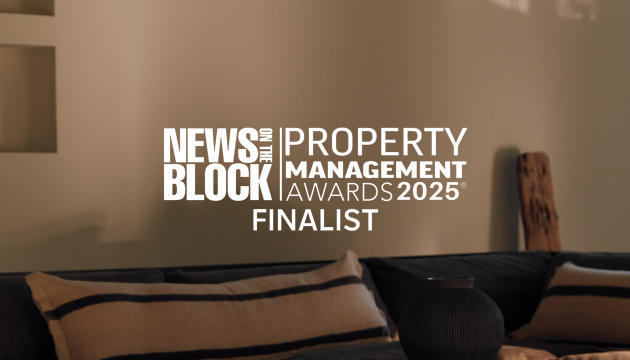“Biodiversity in cities should not be an oxymoron”
KEY TAKEAWAYS
- Cities account for 80% of global GDP and 75% of global CO2
- 44% of global urban GDP is at risk from environmental loss
- Nature-based solutions are 50% more cost-effective and deliver 28% added value than “grey” alternatives
- ROI in sustainable infrastructure could be up to x3.5 initial investment
—
What will our cities look like in 10 years? In 30 years’ time?
The World Economic Forum published their report outlining a future scenario. In the report, one thing is clear: cities are double-edged swords.
They are the biggest contributor to environmental harm; they are the biggest opportunity for environmental regeneration.
The built environment is at the centre of today’s problems – and of tomorrow’s solutions.
Unbalanced cities
56% of the global population live in cities. By 2050, it will skyrocket to 75%.
Cities account for 80% of global GDP – $70 trillion – and growing. With rapid and unplanned expansion, they also produce over 75% of global CO2 emissions.
Consequently, environmental challenges can only be tackled with urban centres in the pilot seat.
The alternative? A future wrought with disruption from nature loss. Flooding, drought, poor air quality, urban heat – energy soars and labour productivity languishes.
An estimated 44% of global urban GDP is at risk. So, how can we course-correct and restore balance?
Balanced cities
Cities have three interdependent layers: nature, the built environment, and society. The latter constituting institutions and technologies that function within the built environment. To restore equilibrium, the built environment and society must be underpinned by a fully functioning natural layer.
As the report highlights, “biodiversity in cities should not be an oxymoron”. Cities should be living systems, enabling, nature-positive environments.
This is achieved through biomimicry in buildings, evergreen architecture, green roofs and plant-filled façades. Alternative materials and bio-inspired innovations – hempcrete, biocement, mycelium brick, building better with wood – many trends are emerging which can rebuild balance.
Densely urbanised cities must also consider land-sparing interventions: retrofitting stranded assets, reducing landfill space, repurposing car parks, creating flexible, mixed-use workspaces.
Nature-based cities
Nature-based solutions pose a huge business opportunity. According to the report, they are on average 50% more cost-effective than “grey” alternatives – inflexible infrastructure with high lock-in costs.
Bio-inspired solutions also deliver 28% more added value. Part of a healthy ecosystem, these assets appreciate over time: grey infrastructure depreciates.
Despite this, in 2021, these solutions received just 0.3% of overall urban infrastructure spending. Yielding greater returns with greater socioeconomic value, this is an obvious market failure – and opportunity.
Legally binding performance requirements are in view. Green bylaws are sprouting up. All buildings in San Francisco and Córdoba – new or existing – with rooftop space over 4,300 sq. ft. are required to be turned into green roofs.
Tomorrow’s design ethos will be built on preservation and re-naturing degraded or sub-optimised land. “Growing smart” with upgraded, green infrastructure.
Value-add cities
How big is this market opportunity?
According to the report, there is a potential $589 billion investment opportunity for nature-based solutions and land-sparing interventions. The return to investors could be at least $1.5 trillion in annual business value by 2030.
ROI in sustainable infrastructure could be up to x3.5 initial investment.
Multi-generational cities
Mobilisation of investment is key to reintegrate the natural world back into our world’s most populated areas.
We must shift to an inclusive investment marketplace, with revenue streams reflecting the true value of nature: exponential and multifaceted. From here, urban stakeholders can unlock evergreen solutions to today’s global challenges.
How else do we create buildings that benefit everyone, within cities that can flourish and be enjoyed by multi-generations?
Featured Stories & Insights
 17th November 25
17th November 25
Lessons Learnt from 2025 | by Zac Goodman
The market shifted (again), expectations changed (again), and the way people use space evolved in...
Read More 10th November 25
10th November 25
From Vauxhall to Value: How Aldgate Became London’s Charity Heartland
TSP’s Jonathan shares his perspective on why Aldgate has become the go-to destination for London’s...
Read More 30th October 25
30th October 25
Five Commercial Property Trends for 2026
As 2025 comes to a close, the UK commercial property market has been shaped by...
Read More 13th October 25
13th October 25
TSP Named Finalist at the 2025 Property Management Awards
LONDON, 13th October 2025 – TSP has been shortlisted for Boutique Property Management Company of...
Read More 1st October 25
1st October 25
Greener Offices for Charities
Sustainability has moved from being a “nice to have” to an essential requirement for charities,...
Read More 29th September 25
29th September 25
Community in The Office: Why does it matter?
The Spaces to Places: Voice of the Customer 2025 report makes one thing clear: people...
Read MoreView all